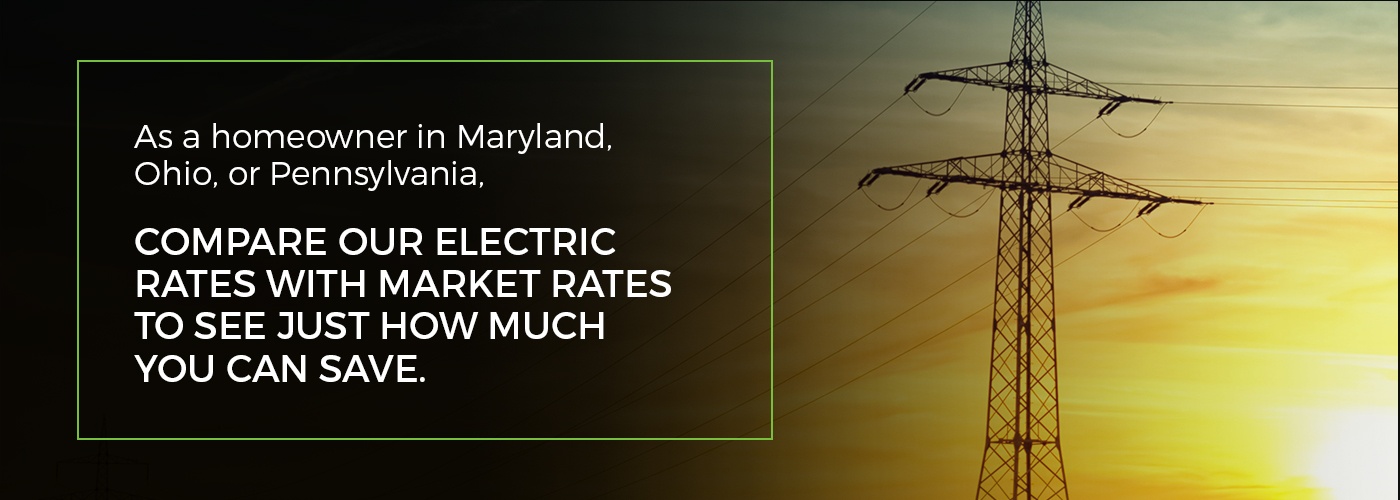
It’s a fact of life that we all need to rely on electricity in our modern homes. In fact, we use electricity virtually every second of every day, whether it’s for cooking, for powering our electronic devices or for drying our clothes and hair.
Let’s take a step back and look at some fascinating facts about electricity that you might not have known before. Some of these may be eye-openers for you!
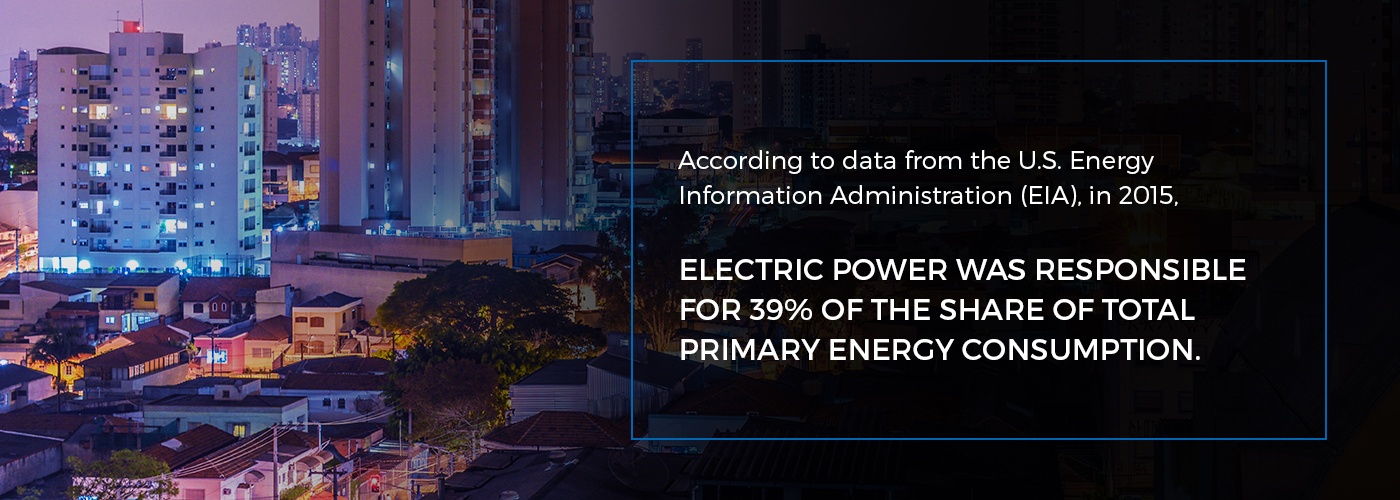
According to data from the U.S. Energy Information Administration (EIA), in 2015, electric power was responsible for 39 percent of the share of total primary energy consumption.
This blog provides you with not only fascinating facts about electricity use you may not have heard before, but also important information on:
Before getting into the other topics discussed above, it’s important to understand the terms energy efficiency and energy conservation, as the two terms have different meanings. When you’re using less energy, this is known as conservation, and when you’re using it more wisely, this is known as efficiency. Put simply:
It’s good practice to be energy efficient and to conserve energy wherever you can, both for the environment and for your wallet.
The EIA stated that in 2015, the commercial sector, including highway and street lighting, used approximately 258 billion kWh for lighting.
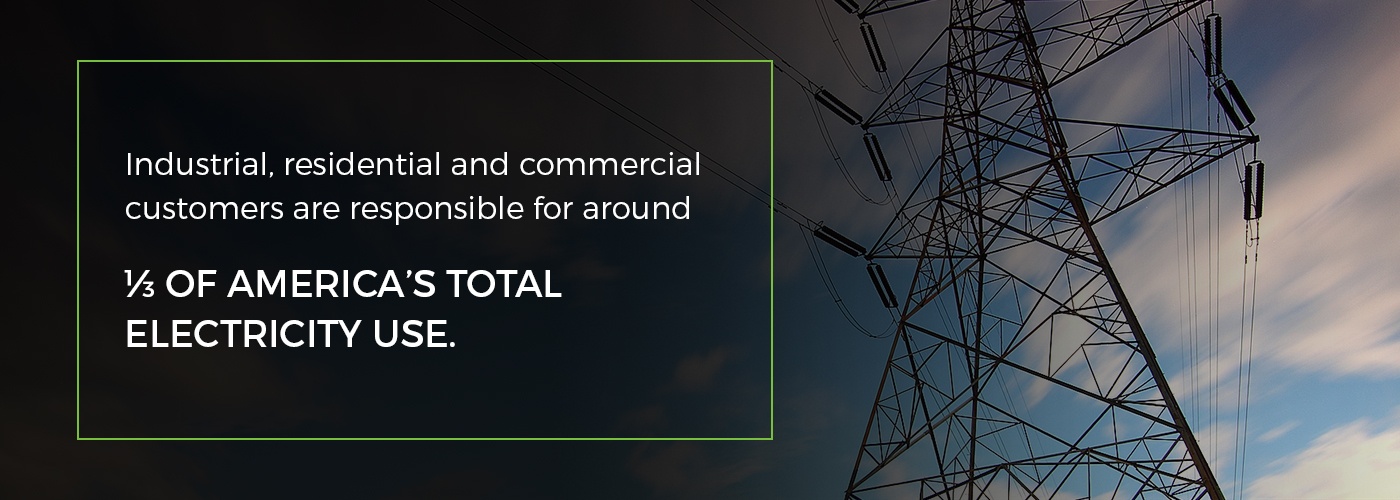
Industrial, residential and commercial customers are responsible for around a third of America’s total electricity use. Figures from the EPA show:
This sector includes multi-family housing as well as single family homes, and it accounts for more than one third of the nation’s electricity consumption. Demand for electricity in this sector is usually highest on hot summer days, due to air conditioner use, as well as in the evening when your lights are being used.
This sector encompasses both private and public organizations, government facilities and service-providing facilities and equipment. Like its residential counterpart, the commercial sector accounts for more than a third of national electricity use.
The biggest uses of electricity in commercial terms are air conditioning, ventilation, heating and lighting. Commercial demand for electricity is, of course, at a high during business hours, and it decreases significantly at night and during the weekend.
Industrial electricity consumers tend to use electricity for assembling, producing and processing goods, with this sector using less than a third of all U.S. electricity. More than 50 percent of all electricity used in manufacturing is utilized for powering motors. Other major uses of electricity in the sector are for cooling, heating and electrochemical processes.

Unlike the other sectors, industrial electricity use doesn’t generally fluctuate since manufacturing facilities tend to operate 24/7.
This sector uses some vehicles that are powered electrically, for example, plug-in hybrid electric cars and battery-powered vehicles. Both of these types of vehicles store power from the grid when their batteries are charged.
Similarly, certain categories of electric buses, trucks and vans operate in this way. There are also trolley, electric rail and subway systems that need to be constantly connected to the electricity grid.
Although transportation accounts for less than one percent of U.S. total energy consumption, electric vehicles are growing in popularity, so this figure is likely to change in the future. There is even the potential for these vehicles to feed power back into the grid when overall demand is high.
So, you see, electricity is a major part of everyone’s lives. Even when you don’t stop to consider it, virtually everything in your home and environment has a connection to this power source.
How much electricity is used per year in the home? On average in 2015, the yearly residential utility customer’s electricity use was 10,812 kilowatt-hours (kWh) which works out as 901 kWh per month. Hawaii boasted the lowest annual consumption at 6,166 kWh, whereas the citizens of Louisiana used 15,435 kWh per customer.
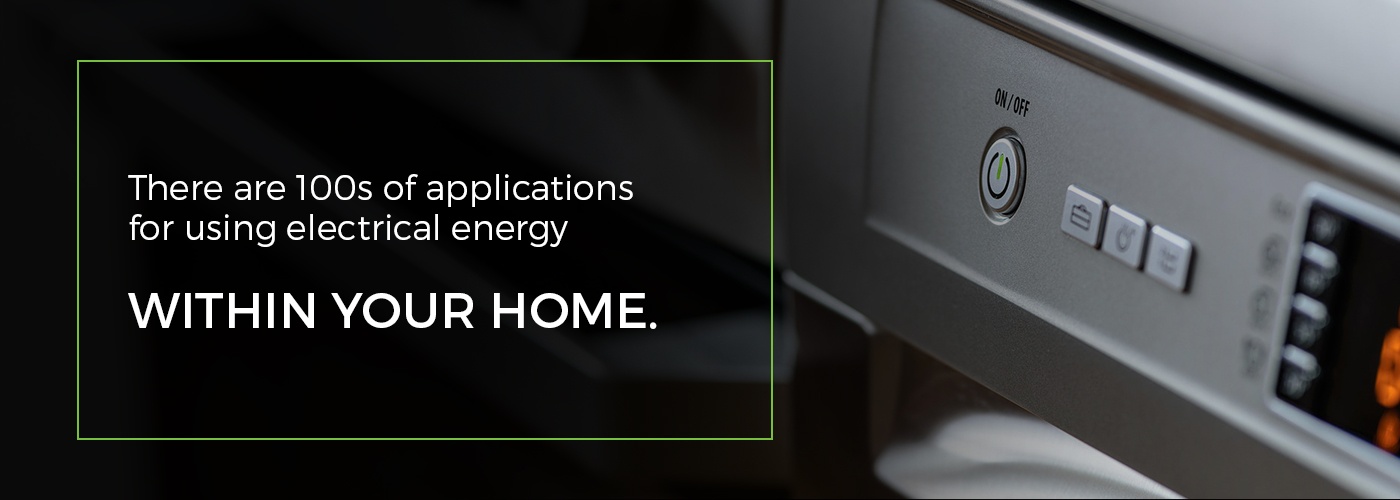
So, how is electricity used in the home? Basically, it would be impossible to list all the ways. When you stop to think about it, there are hundreds of applications for using electrical energy within your home. To give some perspective, according to EIA figures, the estimated residential sector electricity in 2014 for U.S. residents:
| Sector | Percentage of Use |
| Space Cooling | 13 percent |
| Lighting | 11 percent |
| Water Heating | 9 percent |
| Space Heating | 9 percent |
| Refrigeration | 8 percent |
| TVs and Related Equipment (DVD players, for example) | 6 percent |
| Clothes Dryers | 4 percent |
| Boiler Circulation Pumps and Furnace Fans | 3 percent |
| Cooking | 2 percent |
| Computers and Related Equipment (Networking Equipment, for example) | 2 percent |
| Freezers | 2 percent |
| Clothes Washers | 1 percent |
| Other Uses such as exterior lights, spa and pool heaters, and backup electricity generators | 28 percent |
The table above may surprise you depending on what electrical items are used most in your household.
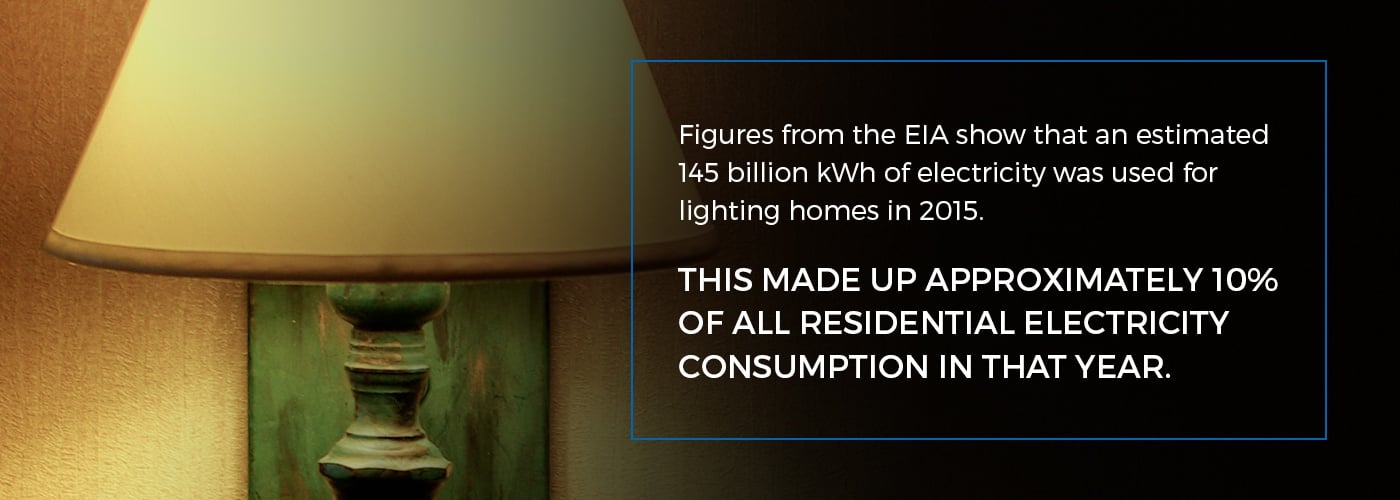
How much electricity is used for lighting? Lighting is an important aspect of home décor, not only for practical reasons, but because the right lighting sets a particular mood in a room. Figures from the EIA show that an estimated 145 billion kWh of electricity was used for lighting homes in 2015. This made up approximately ten percent of all residential electricity consumption in that year.
If you’re concerned about your electricity use at home, the following interesting facts about energy conservation and consumption can help you learn more:
Now that we’ve covered some interesting facts about how energy is used in our homes and around the country, we can all enjoy ways to save a few cents here and there on it, too. Through following the tips below, you can find out how to conserve electricity, while saving money in the process:
It’s likely you have lots of electronics in your home, particularly if you have children or teenagers. However, have you ever stopped to think about unplugging them when you’ve finished using them?
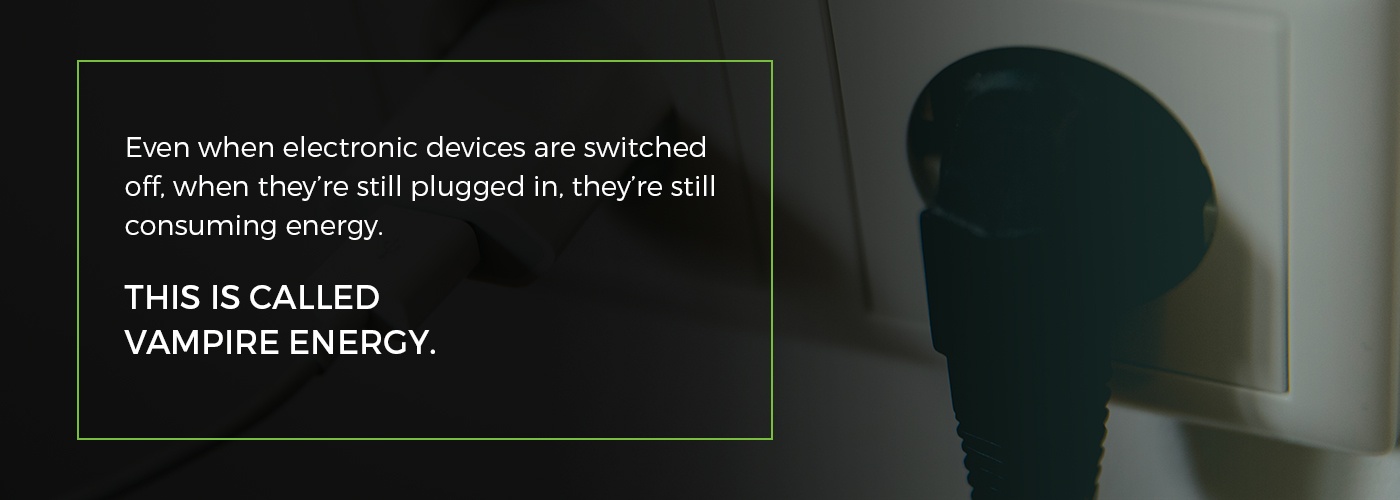
The reasoning behind this is that even when electronic devices are switched off, when they’re still plugged in, they’re still consuming energy. This is called vampire energy. PBS reports that vampire electronics account for up to 10 percent of a home’s average energy use.
The Department of Energy’s Lawrence Berkeley National Laboratory provides a standby power summary table for a number of electronic devices and appliances we use in the home. A DVD/VCR, for example, consumes about five watts even when it’s powered off.
Surprisingly, according to the Consumer Energy Center, California Energy Commission, as much as 90 percent of the full energy used by a light bulb actually creates heat, rather than light.
For this reason, rather than using traditional light bulbs within your home, why not use compact fluorescent light bulbs (CFLs)? These last as much as fifteen times longer, and they use a quarter of the energy used by incandescent bulbs, both saving you money and helping the environment.
You can stand to realize incredible savings on your lighting energy bill by switching even just a quarter of your high-use lights to compact fluorescents. In fact, your bill can be almost cut in half.
Other ways of saving electricity include:
The above are just a few ideas to help you save on electricity bills. You’ll no doubt think of more as you take stock of your home electricity habits.
One thing to keep in mind is that, although, entirely safe for use around your home, CFLs contain minute amounts of mercury. For this reason, it’s imperative to both handle and dispose of the bulbs correctly. There are many retailers, such as Walmart and Home Depot, that accept your used bulbs back and dispose of them for you.
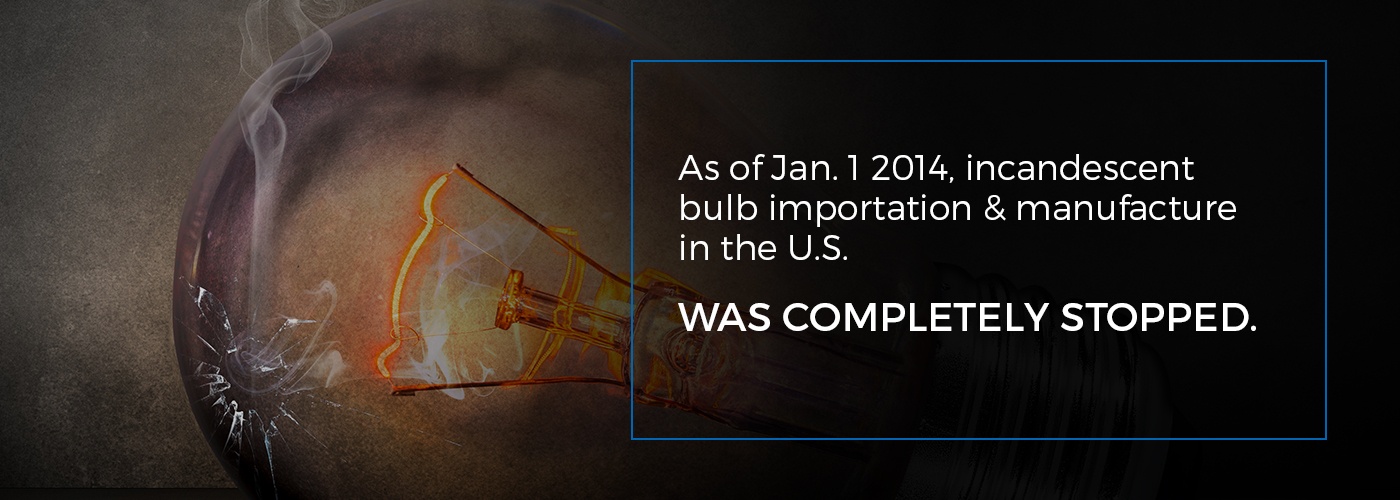
As of Jan. 1 2014, incandescent bulb importation and manufacture in the U.S. was completely stopped, although it’s still legal for stores to sell what they have left in stock. Although regular incandescent bulbs are cheaper than CFLs and LEDs (light emitting diodes), they still raise your electricity bills, don’t last as long and are inefficient.
According to USA Today, Lowe’s home improvement store studied the costs of LED bulb compared to its incandescent counterpart. The energy costs for an LED bulb over its full 22-year lifespan was $30, whereas the costs of using a regular bulb amounted to $165 — a huge difference.
With an LED bulb costing around $10 on average and lasting for many years, it’s becoming a very popular choice around the home, as well as in holiday lighting.
Now you know the facts about electricity use in the home, and in addition to the ideas we’ve already covered, there are many other ways you can conserve energy in your house. These include:
You might be wondering, apart from the obvious financial savings you can make, why else you should be conserving energy in your home. As the majority of our energy use is derived from fossil fuels, it’s imperative to remember that these resources are not renewable, which means they’ll eventually run out.
It’s second nature to most of us to not to even think about the electricity we’re using. You come home and turn on the TV and the lights. Perhaps you even stand in front of the open refrigerator contemplating what to eat. You may not pay attention to the fact that the world’s resources are fast depleting, and that these bad habits are contributing to it.
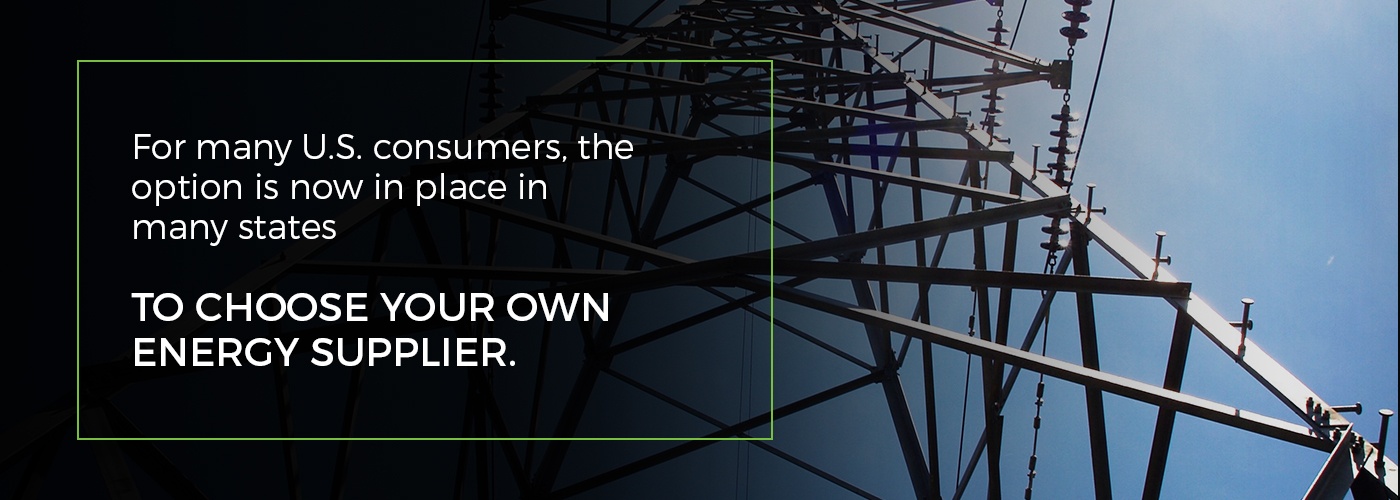
For many U.S. consumers, the option is now in place in many states to choose your own energy supplier. Before energy deregulation, you had no choice other than to purchase your natural gas and electricity from your local utility company.
One of the most negative aspects of this was that you had no control over the pricing, and the company’s rates were regulated. This is changing, as today you can choose from a range of pricing options from various independent providers.
Deregulation provides healthy competition, better quality, improved service and ultimately a better customer experience, as suppliers want to keep you as their customer.
In addition, you can also save money due to the different pricing options you can choose from, such as locked-in rates that often last for a year or more. A locked-in rate ensures your prices remain low, even in a fluctuating market, and also offers you peace of mind.
The states of Maryland, Ohio and Pennsylvania are deregulated energy markets. This means for you as a homeowner and residential energy consumer, you have more opportunities to make economical, smart choices about your home electricity costs to save you money.
Take a look at these three programs electricity choice programs in Maryland, Ohio, and Pennsylvania to see how they work.
The Maryland Electric Choice program is a state run program that helps you find information on state energy initiatives, utilities and suppliers. Using its site, you can compare all suppliers that have met the requirements of the Public Utility Commission.
According to information from the Maryland Attorney General, Brian E. Frosh, exceptions to being able to choose electricity suppliers in the area are certain rural cooperative systems, as well as customers of municipal electric systems.
Ohio’s Energy Choice Apples to Apples initiative is run by the Public Utilities Commission of Ohio, and it offers local residents the chance to explore their different energy options.
Their simple-to-use online tool helps you to compare prices, contract terms and other aspects of each plan easily, and quickly.
A downloadable worksheet on the site has a handy list of questions and aspects you need to take into consideration when comparing potential new energy suppliers. These include:
The questions on the worksheet are pertinent ones to ask if you’re changing suppliers no matter which state you reside in, so it’s worthwhile taking a look.
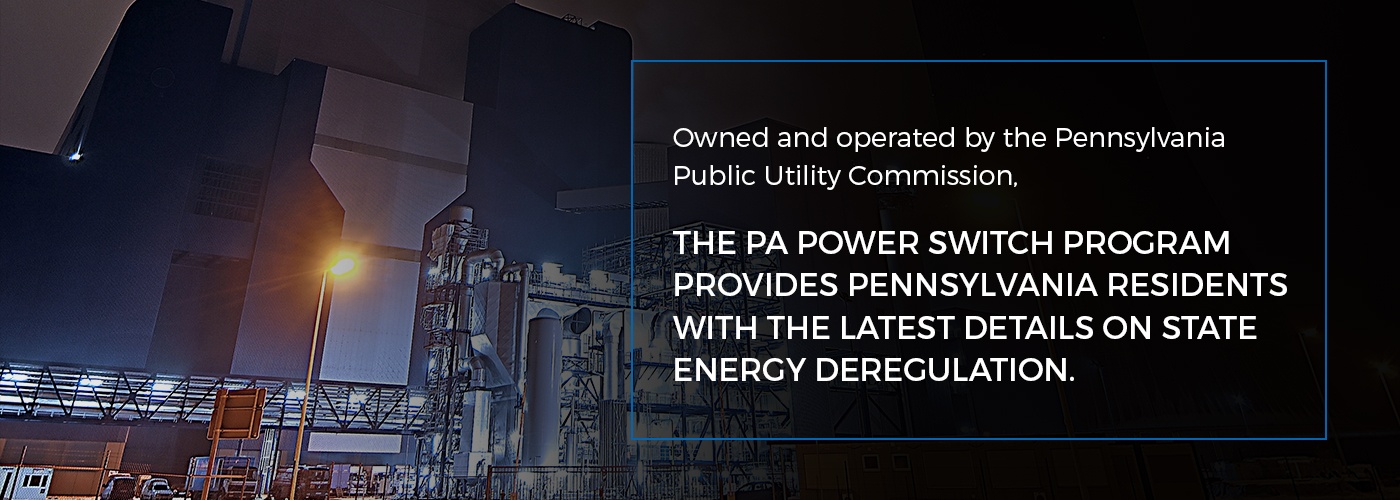
Owned and operated by the Pennsylvania Public Utility Commission, the PA Power Switch program provides Pennsylvania residents with the latest details on state energy deregulation. The site also provides you with tools to help you find the most competitive options, simply by inputting your zip code.
The program notes that although all PA residents have the right to choose who supplies their electricity, their ability to switch is dependent on their location, and competitive offers may not be available in every area.
It might seem daunting when you’re considering switching electricity suppliers. However, in actuality, it’s quite easy to make the switch. Consider the following:
When you’re switching electric suppliers, this means you’re changing the company that generates your electricity. It’s crucial to note that this is just one part of your electric service that’s made up of:
Generation supply costs make up the majority of your average electricity bill, so when you switch, you may find your savings are significant. For most electricity customers who move to a new supplier, transmission costs are included.
As the distributor of your electricity will remain the same as before you changed, you need to remember that you must continue to contact your electric utility provider for questions, outages and emergency services relating to your residential service.
You already know all about the potential financial savings when you switch suppliers. However, you can also find other services that might be beneficial to you, as well as customizing your energy use by opting for a greener option.
There are four very simple steps to changing your electricity supplier, these are:
Switching electricity suppliers isn’t difficult. Add switching suppliers to our tips for conserving and efficiently using electricity in your home, and you may find you save yourself a significant amount of money.
Find energy utility rates by ZIP code on Shipley Energy. Our tool provides pricing for Electricity, Natural Gas, Propane and Heating oil. Next, select a service option, single utility of bundled plan, and start saving money!
For more information about your power to choose and switching electricity suppliers, you can also contact Shipley Energy today or call 855-770-8245 to speak to one of our highly trained energy providers. As a homeowner in Maryland, Ohio, or Pennsylvania, compare our electric rates with market rates to see just how much you can save.
